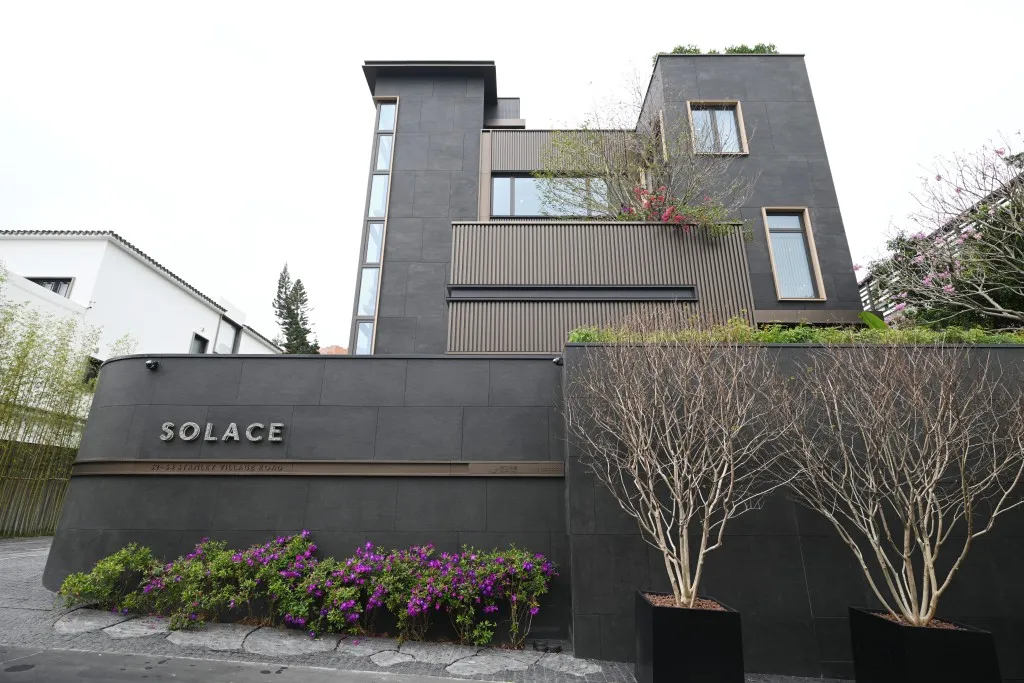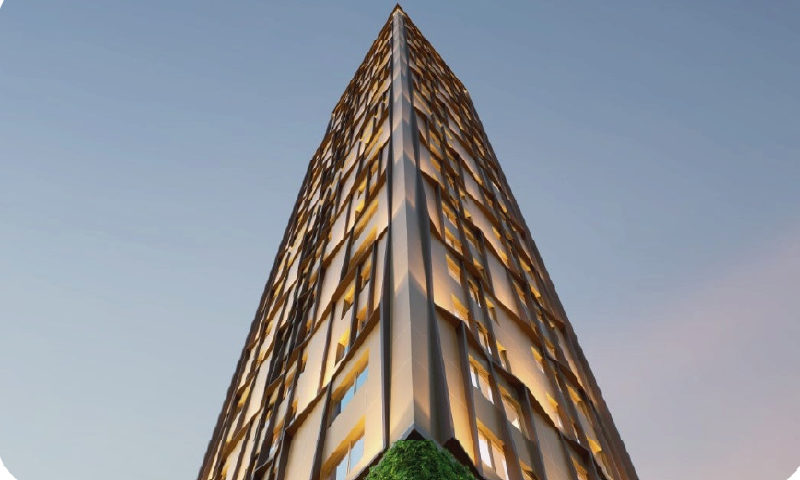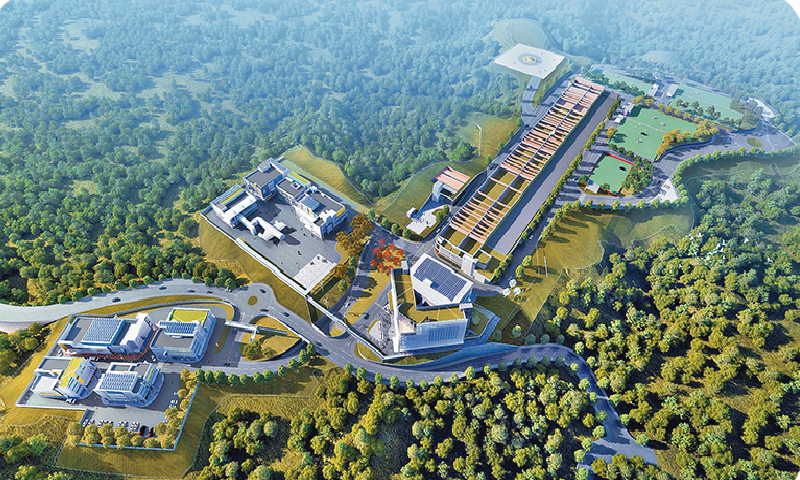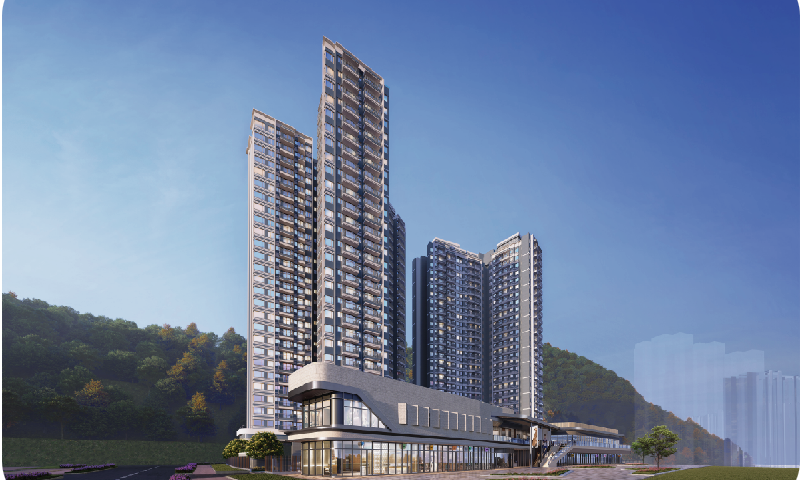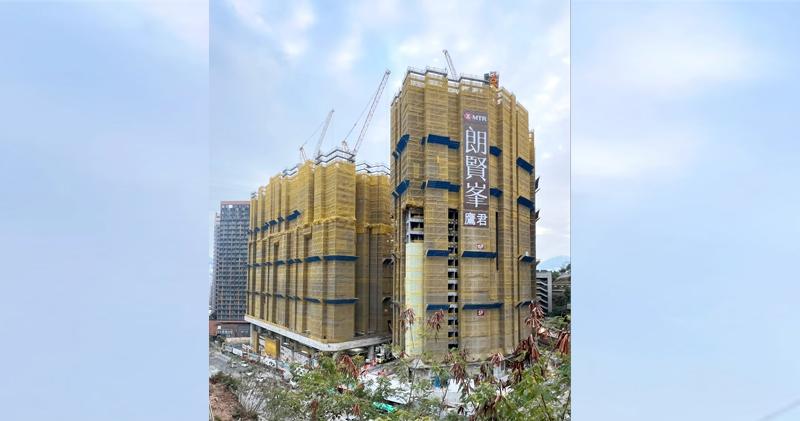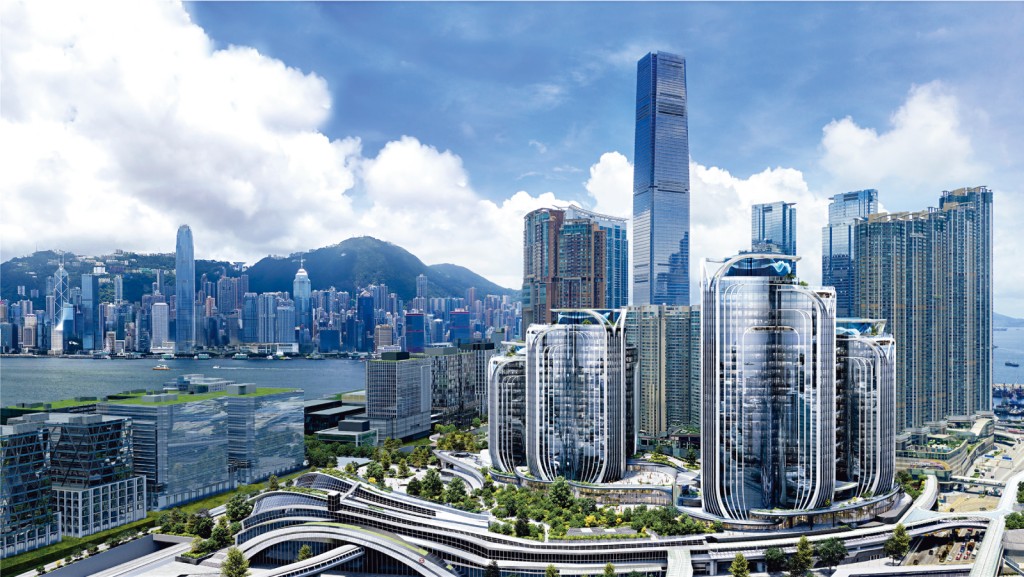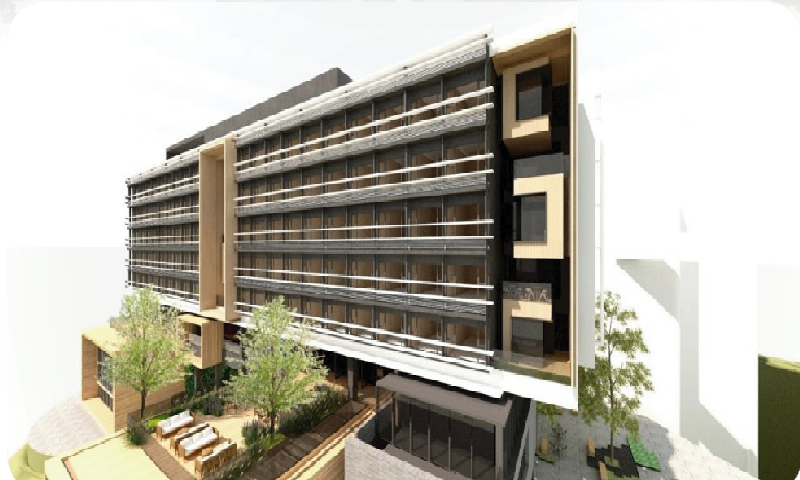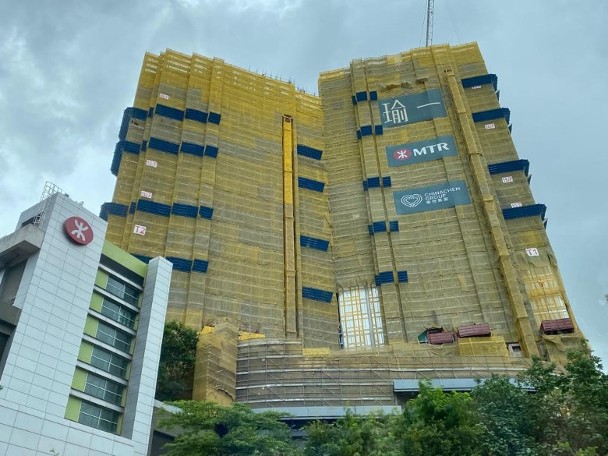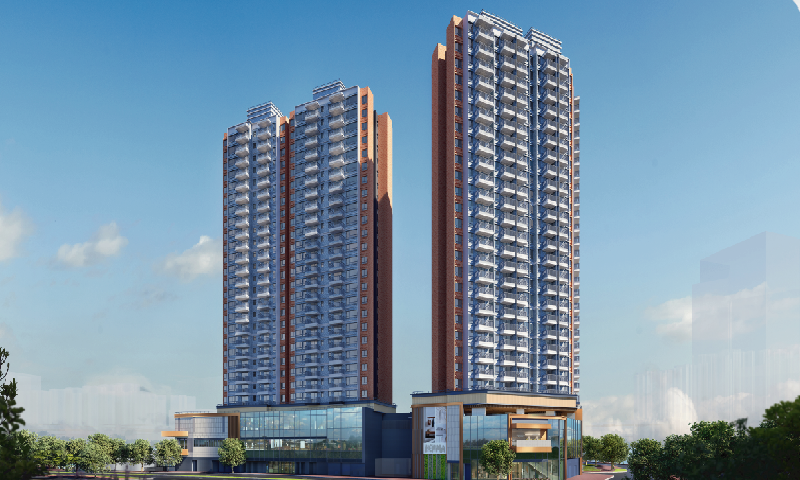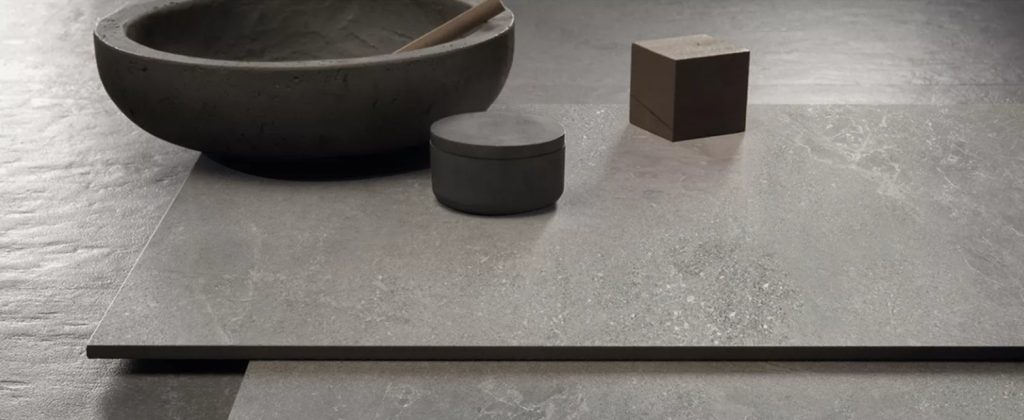
Technical Corner – Tiles
關於通體磚和瓷磚,一直存在著一個誤解。實際上,通體磚是瓷磚的一種。大多數人不知道它們也被稱為通體瓷磚。與釉面瓷磚相比,通體磚磚身到磚面再到磚底的顏色都是由同一種物料構成。 「通體磚」的應用和「釉面瓷磚」(glazed porcelain tile) 一樣廣泛,因為「通體磚」密度高、比較堅固,加上可製作成不同的面層如一些石紋、圓點、星紋等有助加強防滑的功能,所以比較多使用在地台上或對防滑有要求的地方,如泳池、更衣室和街市等地方。 傳統的「通體磚」雖然可製作石紋木紋等表面,但是因為要因應製作物料本身的顏色所以傳統的”通體磚”顏色選擇並不多,加上「通體磚」通常都會有一些小黑點(nosie)所以在顏色配答並不及上釉瓷磚般靈活。直至強化瓷磚 (porcelain tile) 的出現使「通體磚」有一個新的定義和彌補在顏色上的不足。
There is always a fallacy about homogeneous and porcelain tiles. Actually, homogeneous tile is a form of porcelain tile. Most people are unaware that they also
go by the name full-body porcelain tile. In contrast to glazed porcelain tiles, the colours in a homogeneous tile run uniformly throughout the tile body. Homogeneous tiles and glazed porcelain tile are both widely used, because both of them have high density and are relatively strong, and can be made into
different surface layers, such as some stone patterns, rounded tiles, Dots, star patterns, etc. can help to enhance the anti-slip function, so they are often used on
floors or in places that require anti-slip, such as swimming pools, external, and wet markets. Although traditional “homogeneous tiles” can be made with stone and wood grain surfaces, there are not many color choices because they have to adapt to the
color of the material itself. In addition, “homogeneous tiles” usually have small black spots, so the color matching is not as flexible as glazed porcelain tiles. Until
the emergence of porcelain tiles, “homogeneous tiles” had a new definition and made up for the lack of color

